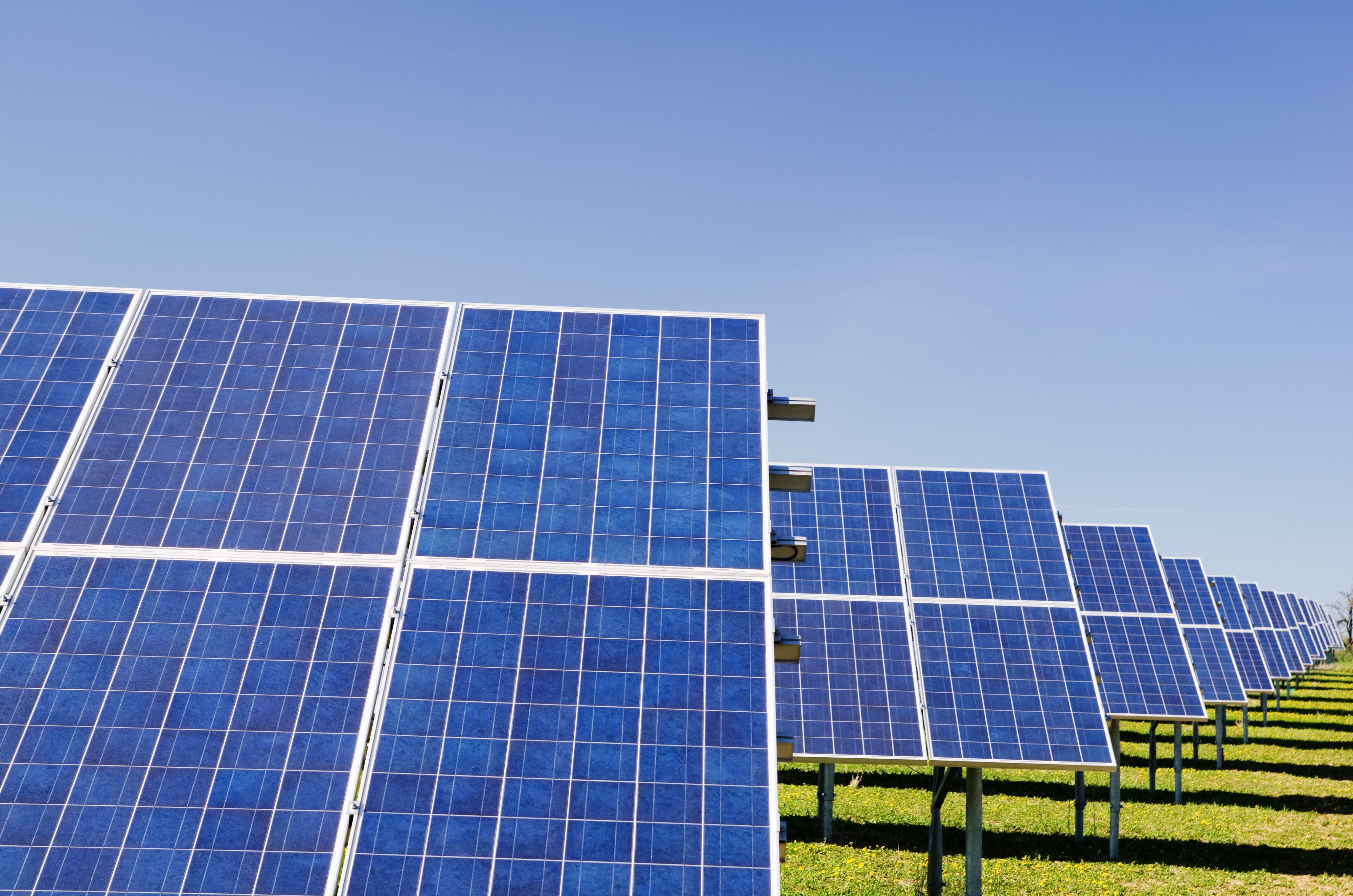Marine solar panels are generally comprised of silicon cells (typically at least 32) that connect in a string-like form. Connecting individual silicon cells can produce a high enough voltage to charge a 12v battery. There is then a charge controller placed between the panel itself and the battery to help regulate the charging voltage to a safe amount.
All solar panels will perform similarly given full exposure to sun. Performance will vary in shade or low light situations. Watercraft require an energy output throughout the course of a full day, sun or shade. It makes sense to invest in panels and controllers that work well in both circumstances. Generally, monocrystalline-cell panels are the way to go.
Sizing solar panels depends on what you’re trying to accomplish. They can either provide a small charge to prevent the battery from going out or they can help with all power needs. To keep your battery topped-off a single panel will do. For all power requirements, you’ll need several large panels. Consider how much power your vessel is using and configure your panels to accommodate a high voltage output.
The main things to consider with solar panels are temperature and sunlight exposure. On one hand, the hotter the panels get the lower voltage they produce. If you’re boating in very high temperatures, this is something to think about. Additionally, solar panels perform much better when in sunlight versus cloudy conditions. Consider buying panels that do well in sunlight and can be productive in lowlight as well. As far as how the panels are angled, for maximum voltage, solar panels should be placed perpendicular to the sun. This is mostly impractical on a smaller boat since it moves around frequently. Luckily for smaller crafts the loss in power is minimal.




